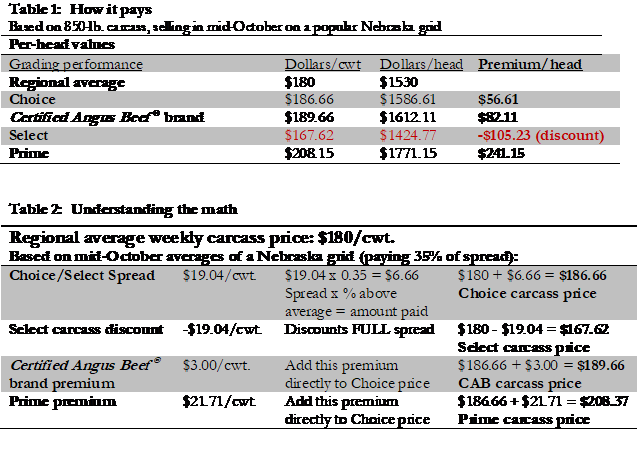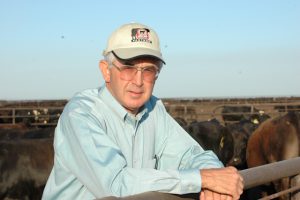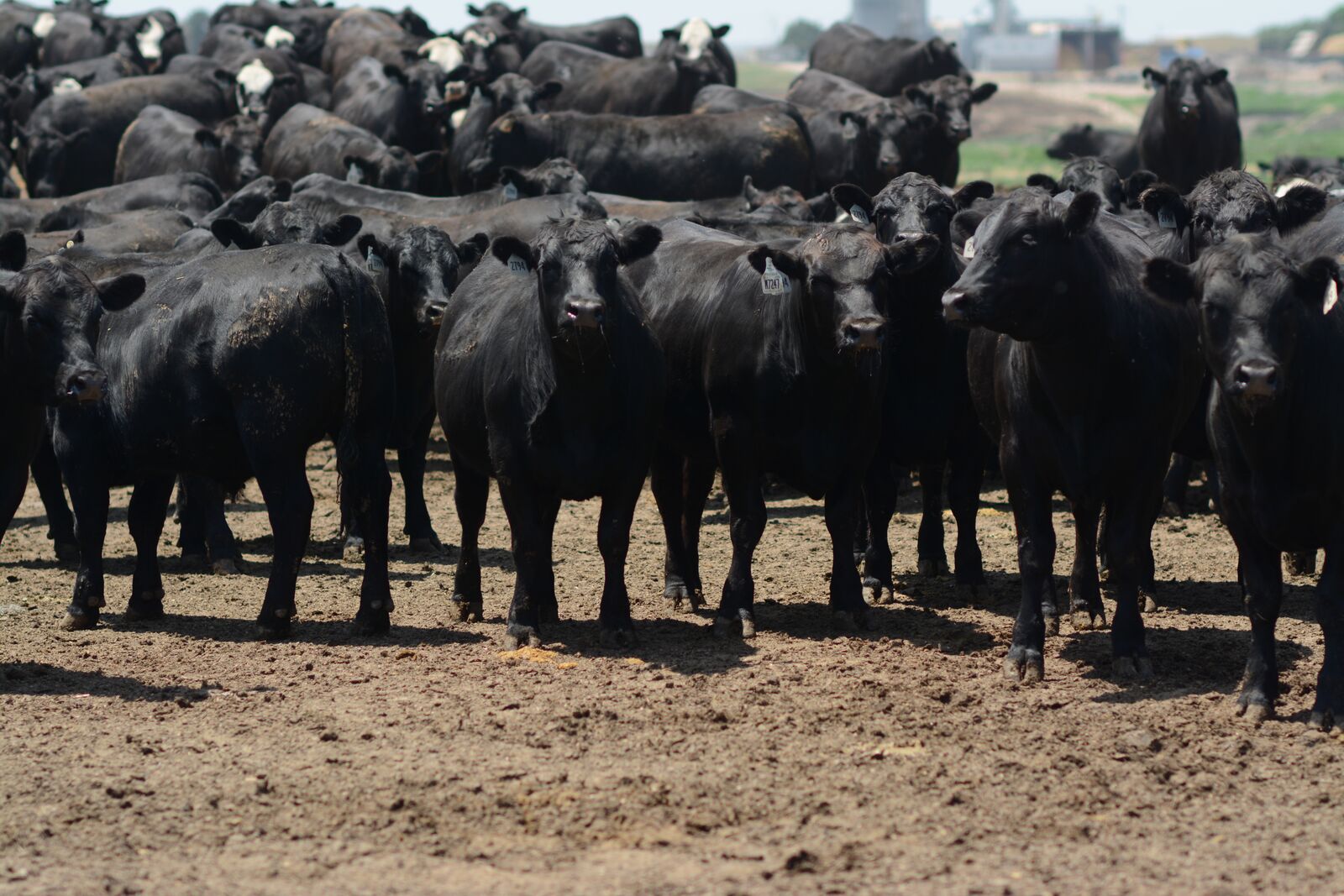
The Ground Beef Market and Price Signals
by Steve Suther
Beef’s getting better, to judge by the uptrend in quality grades and resurgent consumer demand. However, an increasing share of that demand has been for ground beef – and an average pound of that versatile staple now sells for more than $4.
Last year a Rabobank AgriFinance white paper entitled “Ground Beef Nation” (GBN) questioned the industry’s priorities now that Americans consume 11 billion hamburgers each year. It called for greater efficiency and retooling to fit a changed market for one-third to half of young cattle, and warned business as usual could lead to weakened market share for beef over time.
Everybody began to discuss the implications as the Choice beef cutout quote touched $2.50 per pound. They had seen the rise of giant burgers 10 years ago in step with low-carb dieting. They saw another move forward when ground beef was the go-to promotion in the 2008-09 recession, and last year as many steaks were priced two or three times higher than the grinds.
Could cattle ranchers, feeders and packers have it wrong? Will a slice of the market ignore quality again, and if that turn is coming, how should seedstock producers reorient genetic selection?
The Angus Foundation set out to learn more, commissioning its own white paper. The 35-year-old nonprofit arm of the American Angus Association funds education, youth and research for the breed and broader beef community.
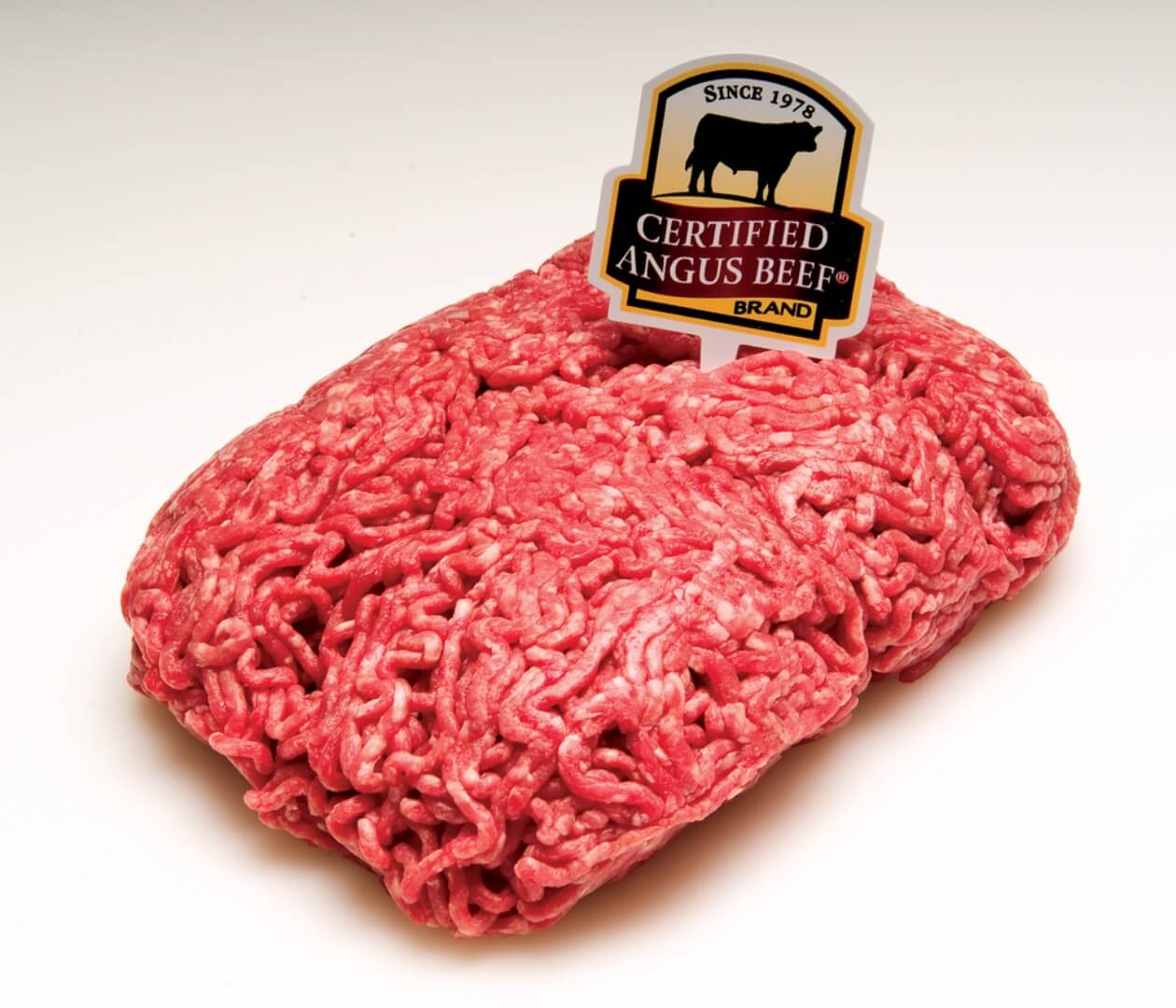
“Whether we’re talking about ground beef or high-end cuts, it’s important to know their relative values and the market signals that originate with consumer demand for each,” said Foundation President Milford Jenkins. “That helps guide the breeding plans of registered and commercial Angus breeders toward more profit.”
The resulting paper, “Changes in the Ground Beef Market and What it Means for Cattle Producers,” was authored by Nevil Speer while a professor at Western Kentucky University; Tom Brink, the founder and president of Top Dollar Angus; and Mark McCully, vice president of production for the Certified Angus Beef ® brand. The full paper is available at http://www.angusfoundation.org/fdn/Research/FdnWhitePapers.html and at https://cabcattle.com/news/research.php.
“Ground beef is an awfully important part of the brand’s business, but it still doesn’t carry the value of the middle meats and most whole-muscle cuts,” said McCully. “Most cattlemen don’t realize how incredibly complex the entire ground beef market is – from varying lean points, to different raw material options, to premium opportunities.”
Speer summarized the reasons for the current white paper, highlights of which were presented at the Cattle Industry Convention in San Antonio, Texas, last month.
“We wanted to explore and outline some of the important dynamics around the ground beef category,” Speer said, noting the paper looks at “the economics and efficiencies associated with meeting the growing demand for ground beef within the current structure.”
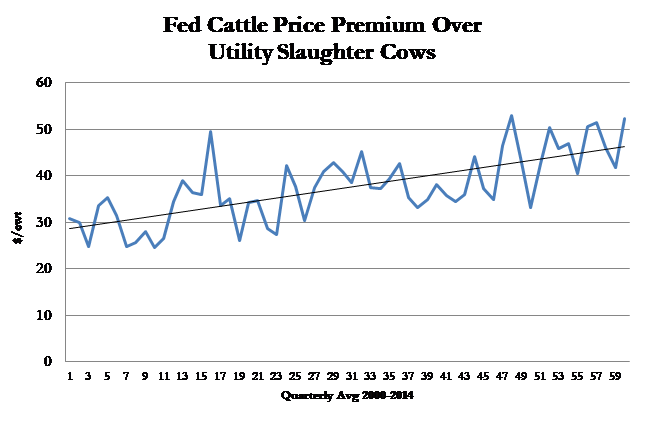
People may think hamburger is hamburger, he said, “but the ground beef market is complex, representing a wide array of ingredients from a variety of sources coming together to make different types of products.”
That’s not a sign of inefficiency – just the opposite, Speer noted.
“The decision as to how to most appropriately combine materials for ground beef is based on a least-cost approach, given the market for various cuts at any given time,” he said. “That decision is complex and dynamic,” but working well today.
Despite rapid growth, ground beef does not overshadow sales of steaks and roasts, still driven by a combination of quality and price. While ground beef makes up 63% of foodservice volume, it’s just 37% of value; at retail those numbers are 49% and 39%, respectively.
Even with ground beef at $4, the average for all beef was at $6 per pound, offering little incentive to forego the greater figure for the lesser, Brink said.
What if forces outside of the market set up production of steers and heifers solely for grinding as GBN suggests?
“It would reduce industry revenues, elevate production costs and unnecessarily raise consumer beef prices,” Brink said, citing price relationships. “Fed cattle have been trading at a growing price premium versus cows over the past 15 years (See chart).”
The paper concludes there is no empirical evidence to support producing cattle specifically for the ground beef market.
“The trend toward a larger and more precise focus on marbling and quality grade has served cattlemen well,” McCully said. “We are producing a higher quality product in the end and driving consumer demand.”
You may also like
$100,000 Up for Grabs with 2024 Colvin Scholarships
Certified Angus Beef is offering $100,000 in scholarships for agricultural college students through the 2024 Colvin Scholarship Fund. Aspiring students passionate about agriculture and innovation, who live in the U.S. or Canada, are encouraged to apply before the April 30 deadline. With the Colvin Scholarship Fund honoring Louis M. “Mick” Colvin’s legacy, Certified Angus Beef continues its commitment to cultivating future leaders in the beef industry.
Raised with Respect™ Cattle Care Campaign Launched This Fall
Raised with Respect™ was developed as part of a strategic cattle care partnership between Sysco and CAB. The collaboration focuses on supporting farmers and ranchers, equipping them with continuing education to stay current on best management practices and helping to increase consumer confidence in beef production.
Quality Wins, Again
Sara Scott, Vice President of Foodservice for Certified Angus Beef, emphasizes the importance of taste over price in the beef market during the Feeding Quality Forum. As consumer demand for high-quality beef grows, Scott highlights the need for increased supply and encourages communication with packer partners to meet the demand for Prime beef.










